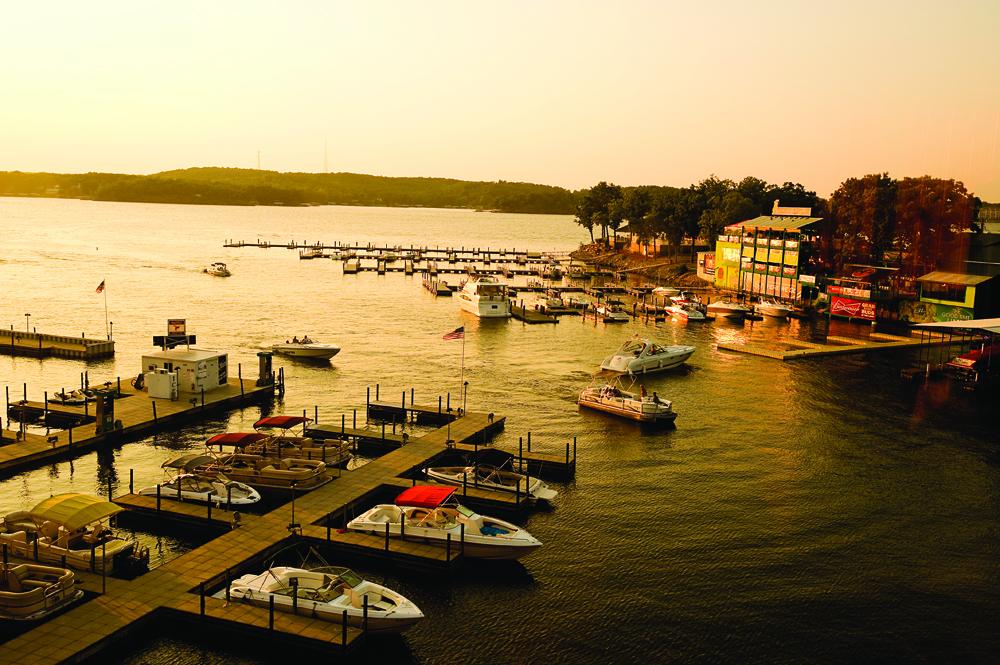
Three Keys to Make Docking Easier
Most docking articles detail techniques for manipulating wheel and throttle, or focus on wind and current. A rare few discuss the use of lines to “warp” or “spring” yourself into a berth. This article will ask you to get in touch with your boat, learn some of its intimate secrets and operate on a higher plane. It’s the Zen of docking.
Turning Circle
Turning circle is the amount of space your boat requires to complete a turn.
The Importance: Knowing the turning circle is helpful whether you “dead-end” in a marina fairway or you encounter a current that’s running strong at the fuel dock.
The Details: Boats with props aft of the transom turn wider than boats having props forward of the transom.
The Zen: Be attentive to how sharply your boat turns at various speeds. Note the distance between your boat and “landmarks” like pilings, bow pulpits and raised outboards. Do this especially in situations where you have the procedure down cold. With each repetition you are engraving your boat’s turning circle on the tablet your inner captain uses for direction. With time, you’ll know the turning circle at all speeds intuitively.
Carry
This is how far your boat coasts, and with how much force, once you shift into neutral.
The Importance: Familiarity with carry is imperative to using current, wind and throttle.
The Details: Carry will vary with underwater form, propeller diameter and windage. A deeper boat, taller boat or boats with bigger wheels generally carry farther when placed in neutral.
The Zen: Carry, Grasshopper, varies as an exponent of boat speed and with the speed of the wind and the current. Pay attention to all three while docking. Note the speed and direction of the variables affecting carry. I suggest monitoring engine rpm rather than boat speed for this purpose. Do so, and hopefully you’ll avoid a need to rev the engines wide open in reverse gear to prevent a collision.
Kick
Kick is the direction and amount of sideways movement imparted to the stern when you shift an engine into gear.
The Importance: Since stopping is a primary component of docking, failure to be cognizant of kick results in problems when reverse thrust is applied while docking.
The Details: A turning propeller induces a sideways “moment” or force, called propeller torque. The effect of prop torque on any given boat is that boat’s “kick.” Kick varies with rpm applied and the direction of the prop’s rotation. Rudder or gear case position can enhance or diminish kick’s effect.
The Zen: While docking, hone your focus on the rudder/drive/gear case position and the engine’s rpm before you shift. Shift into neutral before making a change to the rudder. Practice keeping the rudder/drive/engine centered, and soak in the effect that changes in prop rotation (gear) and speed (rpm) have upon your vessel. Osmosis can be a great teaching tool. Allow your inner captain to accept it.
Quick Tip: Crew moving to one side to help causes the boat to list and thus handle differently.









